USB-C is a versatile and powerful interface that can transmit power, data, and video signals through a single cable. It is becoming the standard for many devices, including smartphones, laptops, tablets, monitors, and accessories. In this article, we will explore what Apple devices use USB-C, how it compares to other interfaces, and what it means for the Apple ecosystem.
Apple has been gradually adopting USB-C for its products since 2015, when it introduced the 12-inch MacBook with a single USB-C port. Since then, Apple has expanded the use of USB-C to its MacBook, iPad, iPhone, AirPods, and Apple TV product lines, as well as some of its accessories. USB-C offers several advantages over the previous interfaces, such as Lightning, Thunderbolt, and MagSafe.

Advantages of the USB-C Interface
Some of these advantages are:
- Universal compatibility: USB-C can connect with various devices and accessories, regardless of their brand or operating system. This reduces the need for multiple cables and adapters, and simplifies the user experience.
- Fast charging and data transfer: USB-C can deliver up to 100 watts of power and support data transfer speeds of up to 40 Gbps, depending on the protocol and cable used. This enables faster charging and data syncing for Apple devices, as well as connecting to external displays and storage devices.
- Reversible design: USB-C has a symmetrical and reversible design, which means it can be plugged in either way, without worrying about the orientation or direction. This eliminates the frustration of trying to insert a cable the wrong way, and improves the durability of the port and the cable.
MacBook Series and Accessories
One of the first Apple products to use USB-C was the MacBook series, which includes the MacBook Air, MacBook Pro, and MacBook. All MacBooks since 2015 have transitioned from traditional USB ports to USB-C ports, which also support the Thunderbolt 3 and Thunderbolt 4 protocols. These protocols enable high-speed data transfer, video output, and power delivery through the same port.

Current MacBook Models
The current MacBook models that have adopted USB-C are:
- MacBook Air (2018 and later)
- MacBook Pro (2016 and later)
- MacBook (2015 to 2019)
Accessories compatible with USB-C ports on MacBooks
Some of the accessories that are compatible with the USB-C ports on the MacBooks are:
- USB-C power adapter and cable
- USB-C to Lightning cable Intel Certified Thunderbolt 3 USB C Cable
- USB-C to USB adapter
- USB-C to SD card reader
- USB Type C To HDMI Adapter 4K 60Hz For Macbook Pro
- USB-C to Ethernet adapter
- USB-C digital AV multiport adapter
- USB-C VGA multiport adapter
Innovation in the iPad Series
Another Apple product line that has embraced USB-C is the iPad series, which includes the iPad Pro, iPad Air, and iPad mini. The iPad Pro models released from 2018 onwards and the 4th generation iPad Air employ USB-C ports, which replace the Lightning ports. This offers a faster charging capability and broad compatibility with various devices and accessories, including external displays and DSLR cameras. The iPad Pro models support ProMotion, which is a technology that dynamically adjusts the display refresh rate up to 120 Hz. This results in smoother scrolling, animations, and gaming. Sidecar is a feature that allows users to use their iPad as a secondary display for their Mac.

iPad models that support USB-C
The current iPad models that support USB-C are:
- iPad Pro 11-inch (1st, 2nd, and 3rd generation)
- iPad Pro 12.9-inch (3rd, 4th, and 5th generation)
- iPad Air (4th generation)
- iPad mini (6th generation)
Accessories used with the USB-C ports on the iPads
Some of the accessories that can be used with the USB-C ports on the iPads are:
- USB-C power adapter and cable
- USB-C to Lightning cable
- USB-C to USB adapter
- USB-C to SD card reader
- USB-C to HDMI adapter
- USB-C to Ethernet adapter
- USB-C digital AV multiport adapter
- USB-C VGA multiport adapter
- Apple Pencil (2nd generation)
- Magic Keyboard
- Smart Keyboard Folio
- Smart Folio
The Future of iPhone Connectivity
One of the most anticipated and controversial changes in the Apple ecosystem was the introduction of USB-C like a New USB-C To USB-C 100W Charging Cable in the iPhone 15 models, which were released in 2024. The iPhone 15, iPhone 15 Plus, iPhone 15 Pro, and iPhone 15 Pro Max have moved from the proprietary Lightning port to a USB-C port, which allows the iPhone, iPad, and Mac to use the same power adapter and cable. These models can also connect with other devices, such as iPads, Macs, and the second-generation AirPods Pro, for data transfer and charging. This change has sparked a debate among Apple fans and critics, as well as the general public, about the pros and cons of USB-C for the iPhone. Some of the benefits of USB-C are its universal compatibility, fast charging and data transfer, and reversible design. Some of the drawbacks of USB-C are its cost, security, and design implications.

Current Adaptation of USB-C in iPhones
The USB-C port on the iPhone 15 models also enables some new features and functions, such as:
Reverse wireless charging: The iPhone 15 models can charge other devices like AirPods and Apple Watch with its USB-C port up to 4.5 watts. This can be useful in situations where there is no power outlet or wireless charger available.
External display support: The iPhone 15 models can be connected to an external display using a USB-C cable, no adapter required. This can be useful for presentations, gaming, or watching videos on a larger screen.
ProRes video recording: The iPhone 15 Pro and Pro Max models can record video in the ProRes format, which is a high-quality and professional-grade codec. The USB-C port allows users to record ProRes video directly to an external storage device, saving space and time.
Arguments in favor of USB-C
The adoption of USB-C in the iPhone 15 models has sparked a debate among Apple fans and critics, as well as the general public. Some of the arguments in favor of USB-C are:
Standardization: USB-C is the universal standard for many devices, and having the same port across the Apple ecosystem makes it easier and more convenient for users. It also reduces the environmental impact of producing and disposing of different cables and adapters.
Performance: USB-C offers faster charging and data transfer than Lightning, as well as more functionality and versatility. It also supports the latest technologies and protocols, such as Thunderbolt 4 and USB4.
Compatibility: USB-C can connect with a wide range of devices and accessories, both within and outside the Apple ecosystem. This gives users more options and flexibility, as well as interoperability with other platforms and systems.
Arguments Against USB-C
Some of the arguments against USB-C are:
Cost: Switching to USB-C may incur additional costs for users who have invested in Lightning-based accessories, such as chargers, docks, speakers, headphones, and car kits. They may need to buy new accessories or adapters to use with their USB-C iPhones, which can be expensive and inconvenient.
Security: USB-C may pose some security risks for users who connect their iPhones to unknown or untrusted devices or chargers. USB-C can transmit both power and data, which means that malicious actors could potentially access or damage the iPhone or its data through a USB-C connection. Users may need to be more careful and vigilant when using USB-C with their iPhones.
Design: USB-C may affect the design and aesthetics of the iPhone, as it is slightly larger and thicker than Lightning. This may limit the space and layout of the internal components, as well as the thin
The Comprehensive Role of USB-C in the Apple Ecosystem
Enhanced Interoperability
USB-C has significantly improved interoperability among Apple devices. Here’s how:
- Seamless Connections: USB-C allows users to connect their MacBooks, iPads, iPhones, and other Apple accessories using a single cable. Whether you’re transferring data, charging your device, or connecting to an external display, USB-C ensures a seamless experience.
- Cross-Device Compatibility: With USB-C, you can use the same cable to charge your MacBook, sync your iPad, and connect your iPhone to your Mac. This consistency simplifies cable management and reduces clutter.
- Accessory Universality: Many third-party accessories, such as external hard drives, monitors, and hubs, also use USB-C. This means you can easily expand your Apple setup with compatible accessories from various manufacturers.
Convenience and Efficiency
USB-C brings convenience and efficiency to Apple users:
- Single Charger: Imagine having a single USB-C charger that works for your MacBook, iPad, and iPhone. No more juggling different chargers for different devices!
- Fast Charging: USB-C’s high power delivery capability ensures faster charging times. Whether you’re topping up your MacBook or refueling your iPhone, USB-C gets the job done swiftly.
- Data Transfer: USB-C’s speed (up to 40 Gbps) allows for lightning-fast data transfer. Backing up your MacBook or transferring photos from your iPhone becomes a breeze.
Universal Accessories
USB-C accessories have become essential for Apple enthusiasts:
- USB-C Hubs: These versatile hubs provide additional ports (USB-A, HDMI, SD card slots, etc.) for your MacBook or iPad. They’re like Swiss Army knives for connectivity.
- External Displays: USB-C enables easy connection to external monitors. Whether you’re editing videos or giving a presentation, a single cable handles both power and display output.
- Docking Stations: USB-C docking stations turn your MacBook into a powerful workstation. Connect multiple peripherals (keyboard, mouse, external drives) with a single cable.
Future Prospects
While USB-C adoption has been gradual, its future in the Apple ecosystem remains promising:
- Wider iPhone Integration: As more iPhones adopt USB-C, we’ll see increased compatibility with MacBooks and iPads. This could lead to a unified charging experience across all Apple devices.
- AirPods and Beyond: Perhaps future AirPods models will feature USB-C charging cases. Additionally, other Apple accessories (like Apple Watch) might eventually transition to USB-C.
- Environmental Impact: Standardizing on USB-C reduces e-waste by minimizing the need for proprietary cables and adapters. Apple’s commitment to sustainability aligns well with this trend.
Conclusion
USB-C has revolutionized how Apple devices connect and communicate. Its versatility, speed, and convenience make it a key player in the Apple ecosystem. USB-C allows users to use a single cable for multiple purposes, such as charging, data transfer, and video output. It also enables faster and more efficient performance, as well as broader compatibility with various devices and accessories. USB-C simplifies and enhances the user experience, as it reduces the need for multiple cables and adapters, and eliminates the frustration of plugging in the wrong way. As technology evolves, USB-C will likely continue to shape the way we interact with our favorite Apple products. USB-C supports the latest standards and protocols, such as Thunderbolt 4 and USB4, which offer more functionality and possibilities. USB-C also aligns with Apple’s vision of sustainability, as it reduces e-waste and promotes standardization. USB-C is the future of connectivity in the Apple ecosystem.
People also ask
Here are some common questions and answers related to USB-C and Apple devices:
Is there any difference in charging efficiency between the USB-C cables and chargers provided by Apple and third-party manufacturers?
There may be some differences in charging efficiency depending on the quality and specifications of the USB-C cables and chargers. Apple recommends using its own USB-C cables and chargers, or those that are certified by Apple’s Made for iPhone/iPad/Mac program, to ensure optimal performance and safety. However, some third-party USB-C cables and chargers may also work well with Apple devices, as long as they meet the required standards and ratings. Users should check the compatibility and reviews of the USB-C cables and chargers before buying them. The adoption of USB-C in the iPhone 15 models marks a significant shift in the Apple ecosystem, as it aligns the iPhone with the MacBook and iPad product lines, and offers more functionality and versatility for the users.
How do I identify a genuine Apple USB-C cable or charger, and why is it important?
To identify a genuine Apple USB-C cable or charger, users can look for certain features and markings, such as:
- The Apple logo or the letters “Designed by Apple in California” on the cable or charger.
- The model number, serial number, and certification labels on the cable or charger.
- The shape, color, and texture of the cable or charger, which should match the official Apple product images and descriptions.
It is important to use genuine Apple USB-C cables and chargers, or those that are certified by Apple, because they are designed to work safely and reliably with Apple devices. Using counterfeit or uncertified USB-C cables and chargers may cause damage, overheating, or fire hazards to the device or the user.
What should I look for when buying a USB-C cable or charger for my Apple device to ensure compatibility and safety?
When buying a USB-C cable or charger for an Apple device, users should look for the following factors:
- The compatibility and ratings of the USB-C cable or charger, which should match the specifications and requirements of the Apple device. For example, a MacBook Pro may need a USB-C cable and charger that can deliver up to 96 watts of power, while an iPhone may only need up to 20 watts.
- The certification and quality of the USB-C cable or charger, which should be verified by Apple or a reputable organization, such as the USB Implementers Forum (USB-IF). Users should avoid buying cheap or unknown USB-C cables and chargers, as they may not meet the safety and performance standards.
- The length and durability of the USB-C cable such as USB C To USB C 60w Cable 3A Fast Charging, which should suit the user’s needs and preferences. Users should choose a USB-C cable that is long enough to reach the power outlet and the device, but not too long to cause tangling or tripping. Users should also choose a USB-C cable that is sturdy and resistant to wear and tear.
Will Apple’s warranty be affected if I use a non-Apple USB-C charger or cable with my device?
Apple’s warranty may be affected if the user uses a non-Apple USB-C charger or cable with their device, and the device suffers damage or malfunction as a result. According to Apple’s warranty terms and conditions, the warranty does not cover damage caused by “use with a third-party product that does not meet the Apple Product’s specifications”. Therefore, users should use caution and discretion when using non-Apple USB-C chargers or cables with their devices, and consult Apple’s support team if they have any questions or concerns.
Are there any plans for Apple to introduce USB-C ports on the Apple Watch, or will it remain with its current charging method?
There are no official plans or announcements from Apple regarding the introduction of USB-C ports on the Apple Watch, as of May 2024. The Apple Watch currently uses a magnetic charging cable that attaches to the back of the watch, or a wireless charging dock that supports the Qi standard. These methods are convenient and efficient, as they do not require plugging or unplugging the watch.

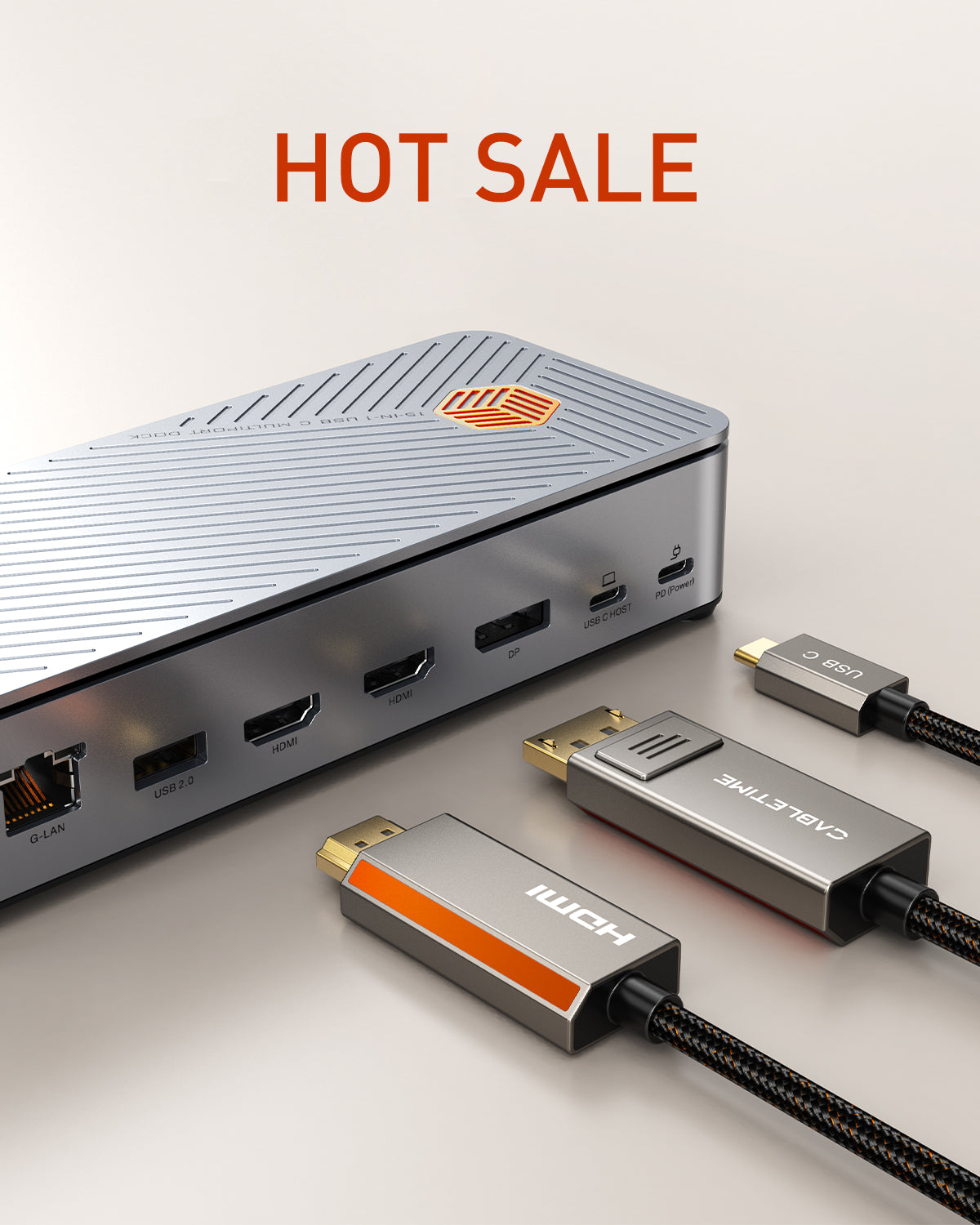
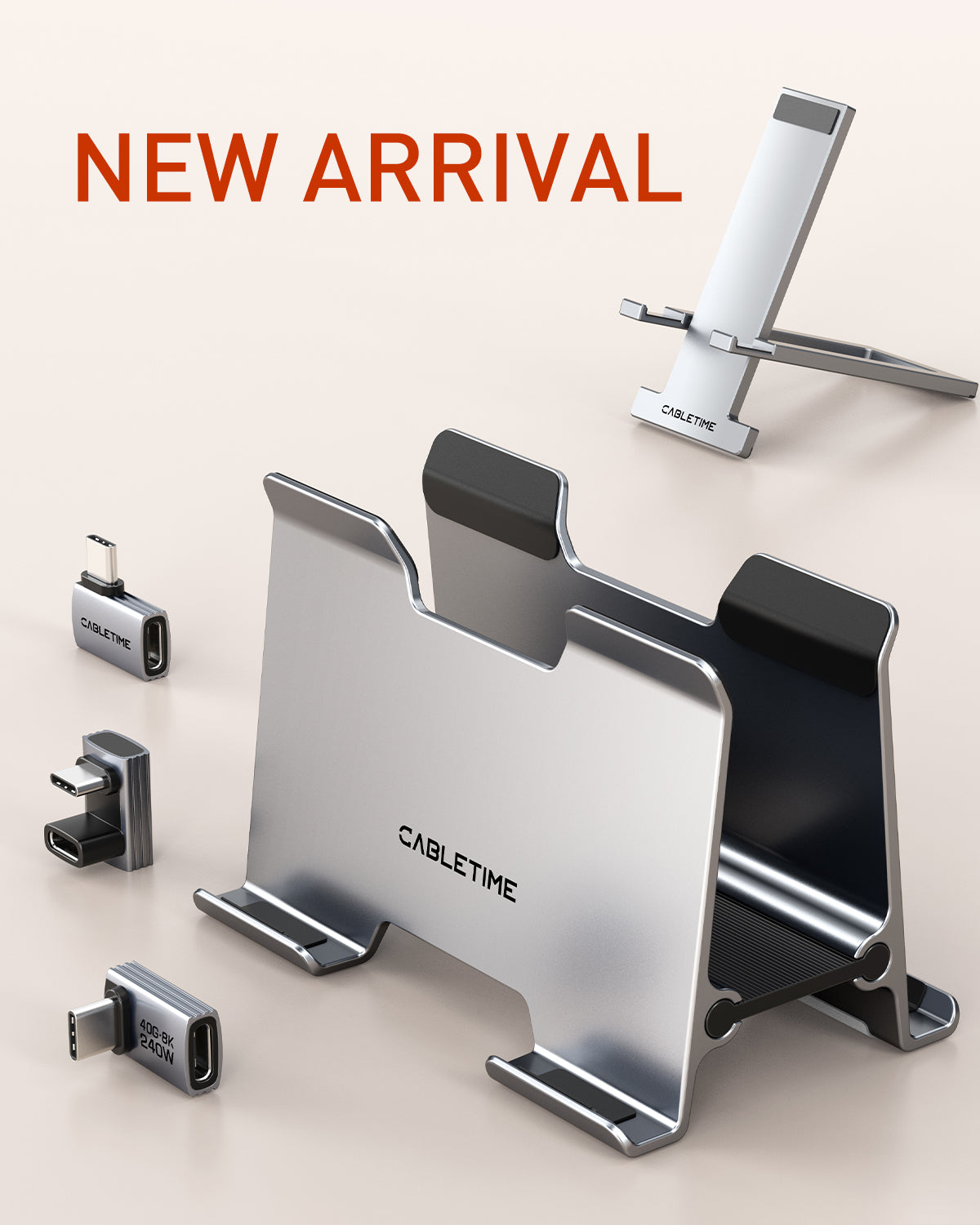
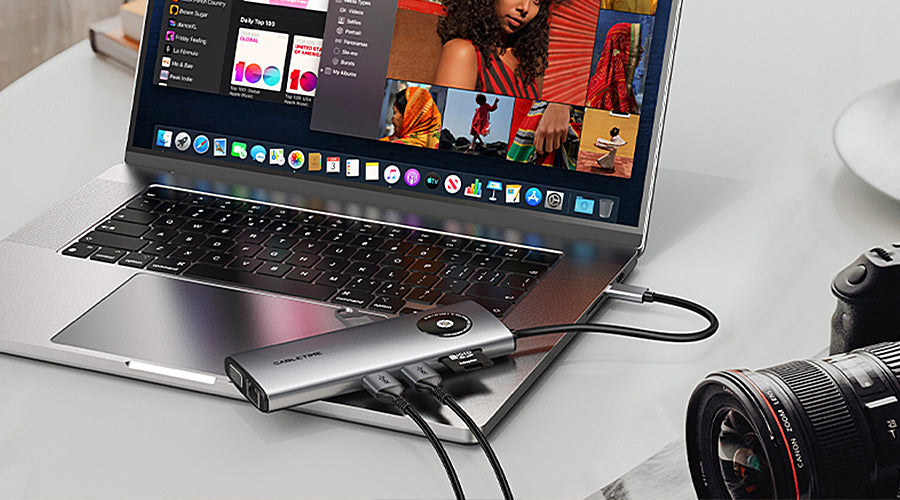
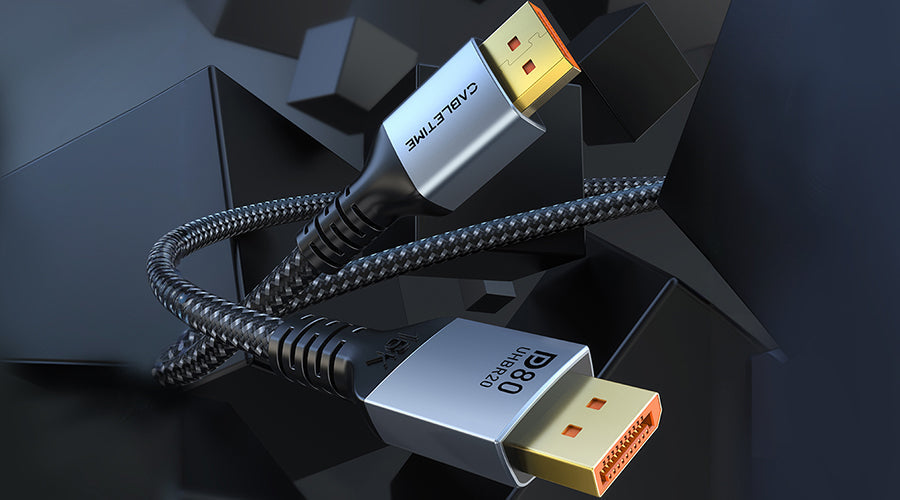
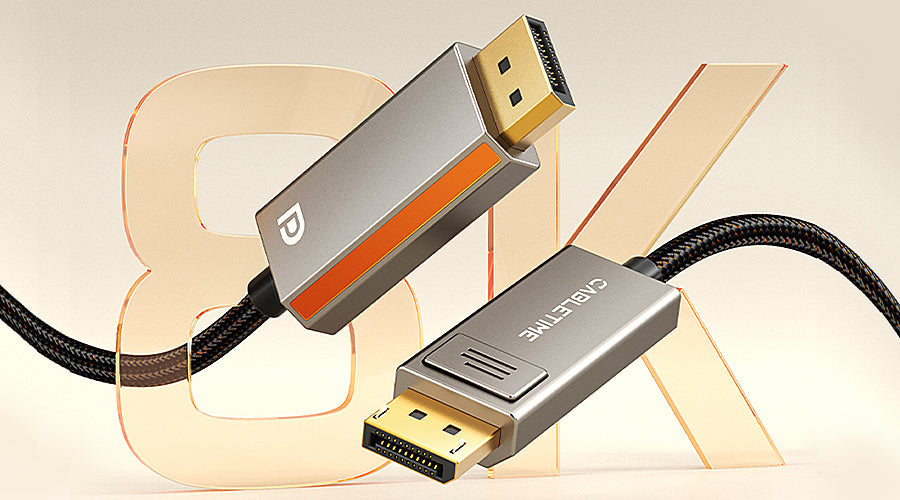
Leave a comment
This site is protected by hCaptcha and the hCaptcha Privacy Policy and Terms of Service apply.